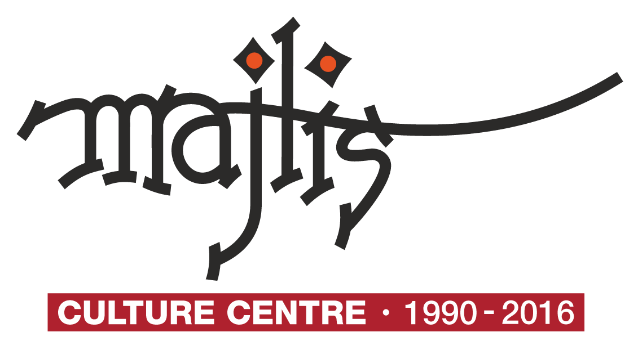The number of functioning spinning and weaving units touches 138
Wage Workers / Migrant Artisans employed:
Embroidery, and lace and muslin making 1000
Tobacco and snuff manufacturers and sellers 2800
Lime kilns, and brick and tile making 1200
Marble work 800
Leather industry 5500
Sweetmeat makers and sellers 1750
Bakeries 1400
Blacksmiths 1901
Coppersmiths 5000
Census 1901, Vol. 11-11 A, Bombay (Town and Island)
Gazzetter of Bombay City and Island (1901), Vol. 1
